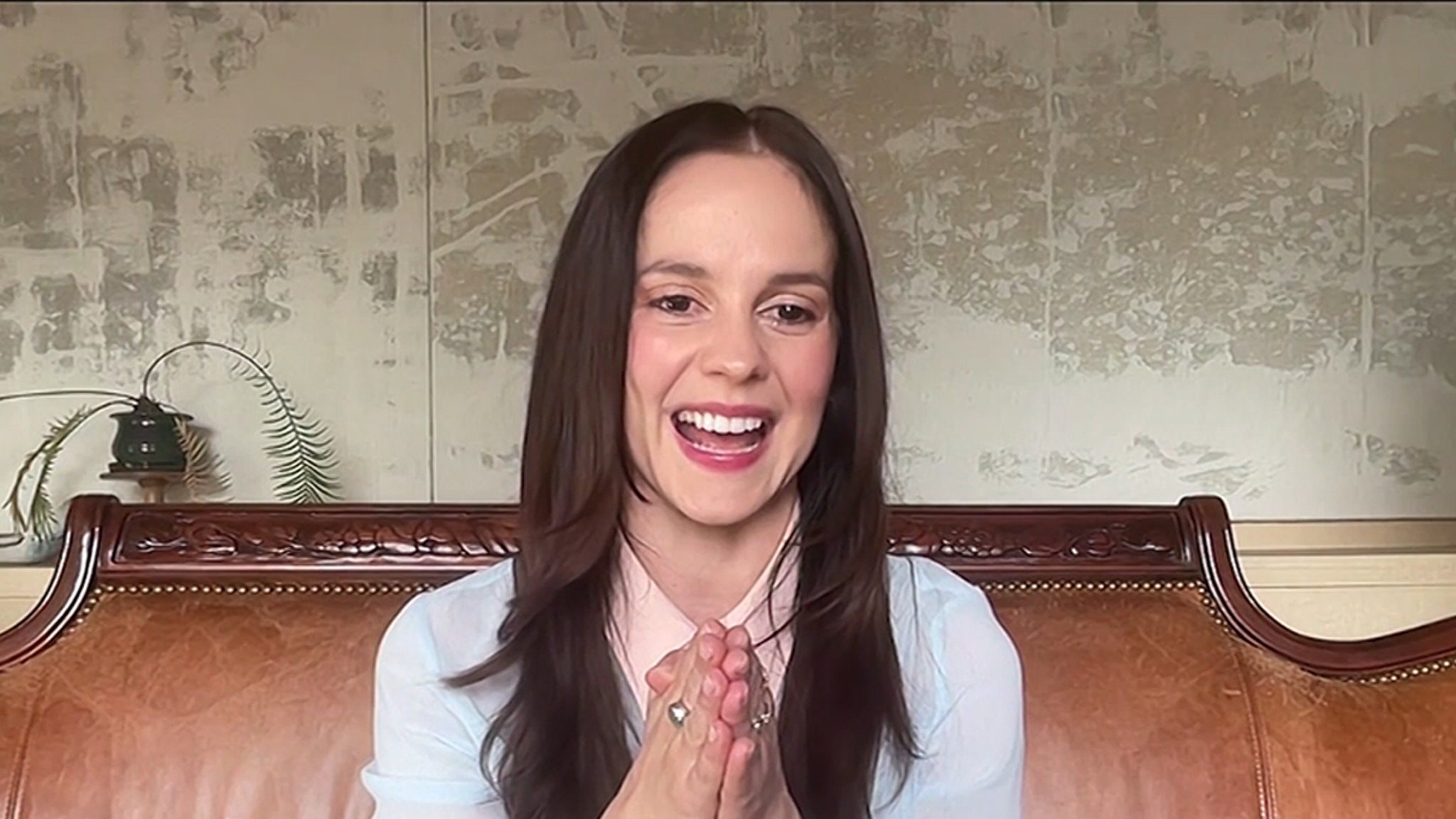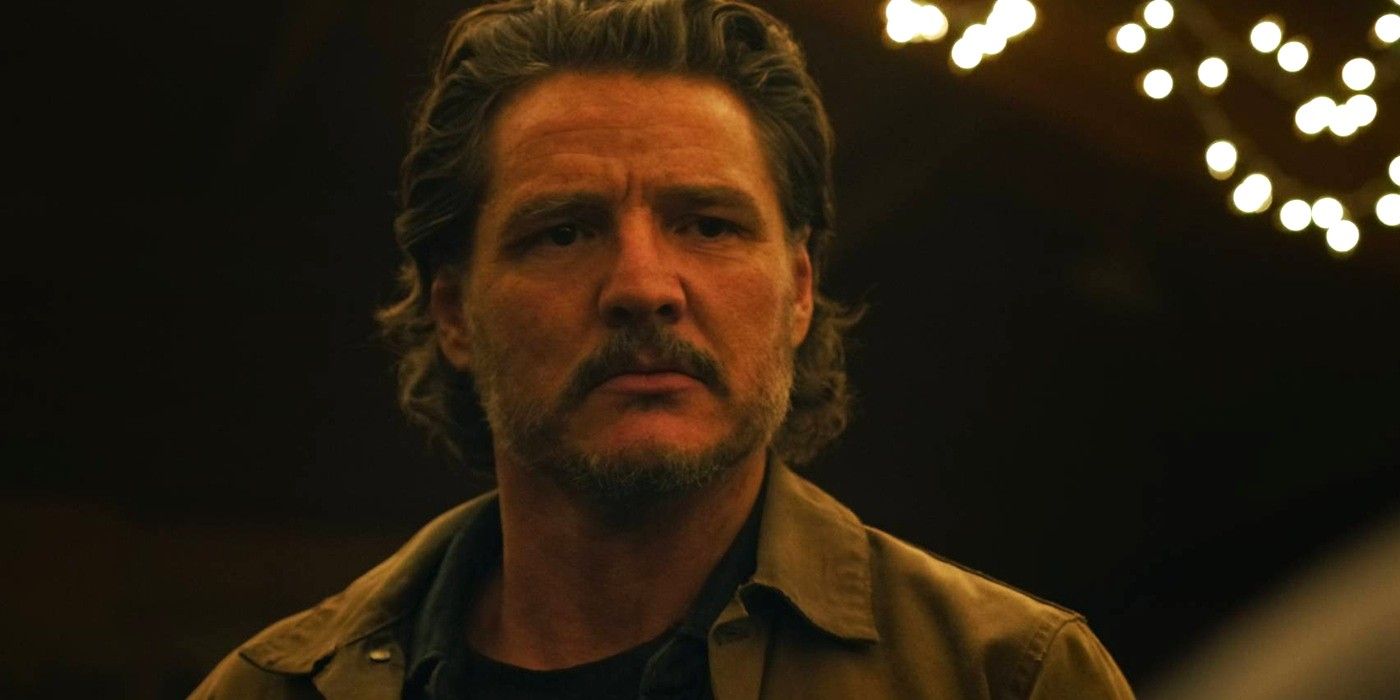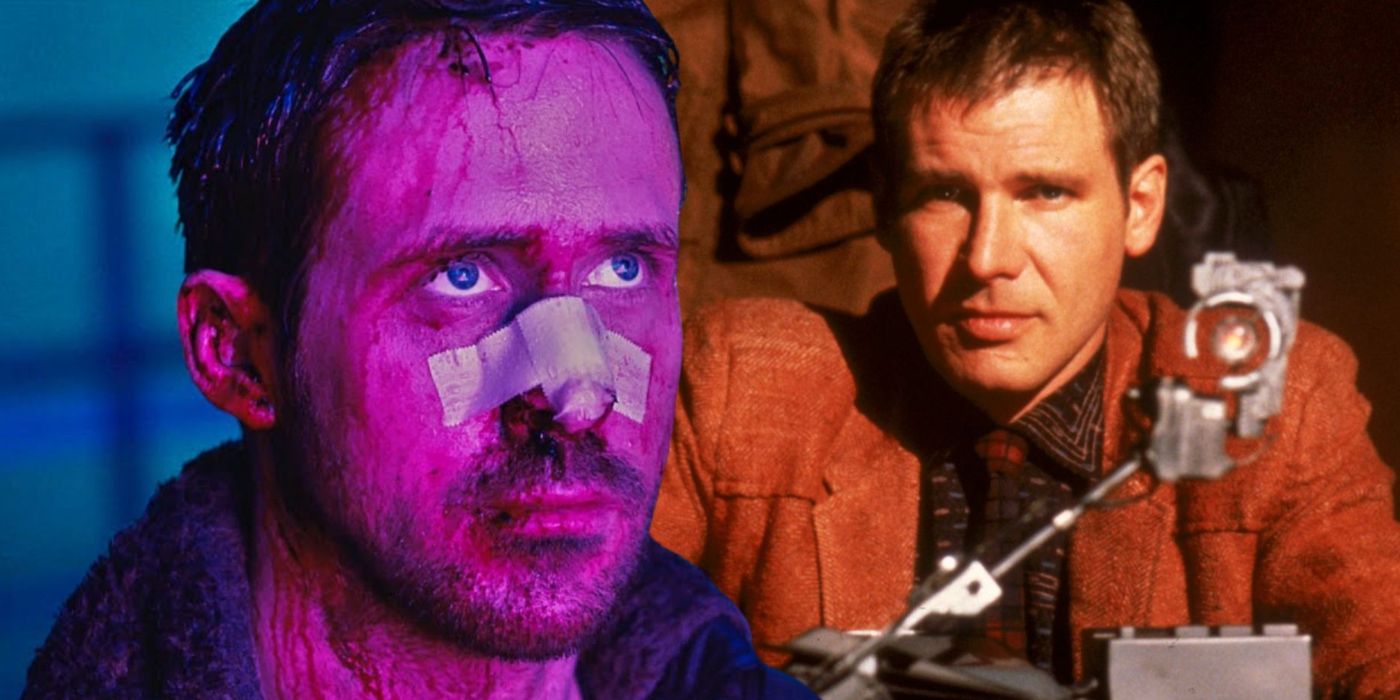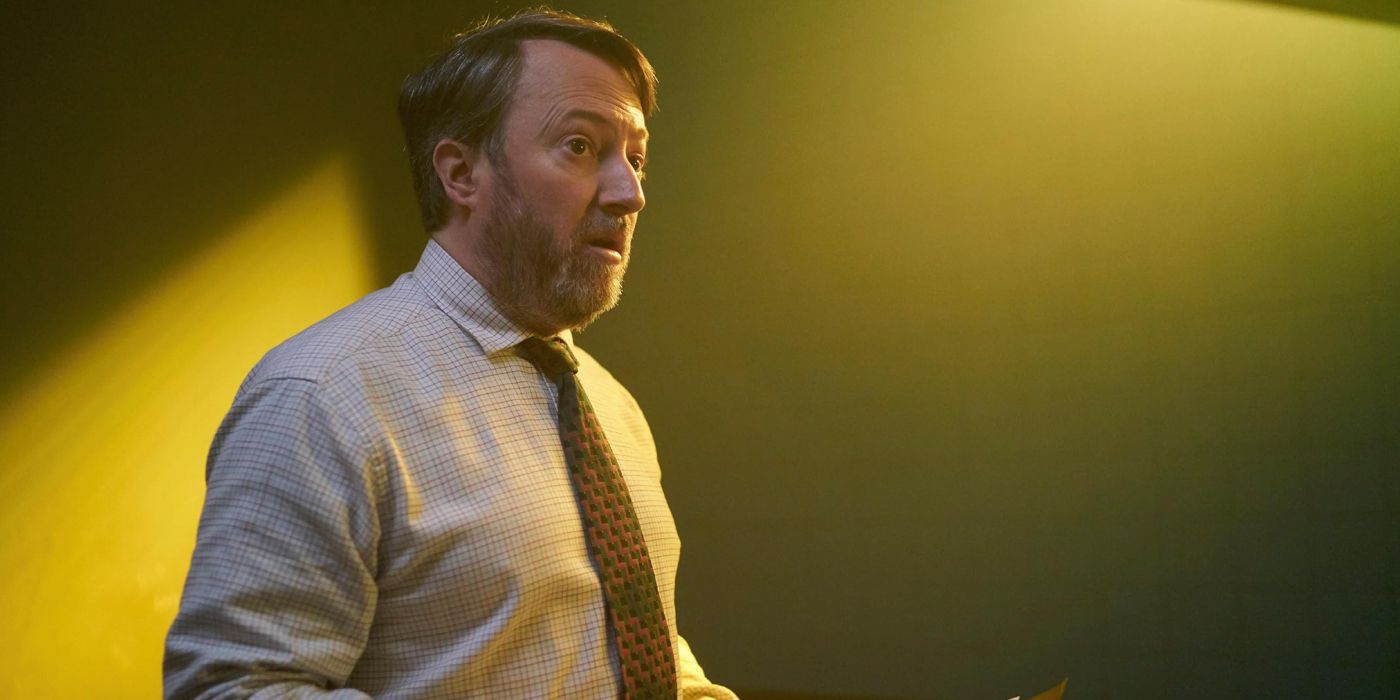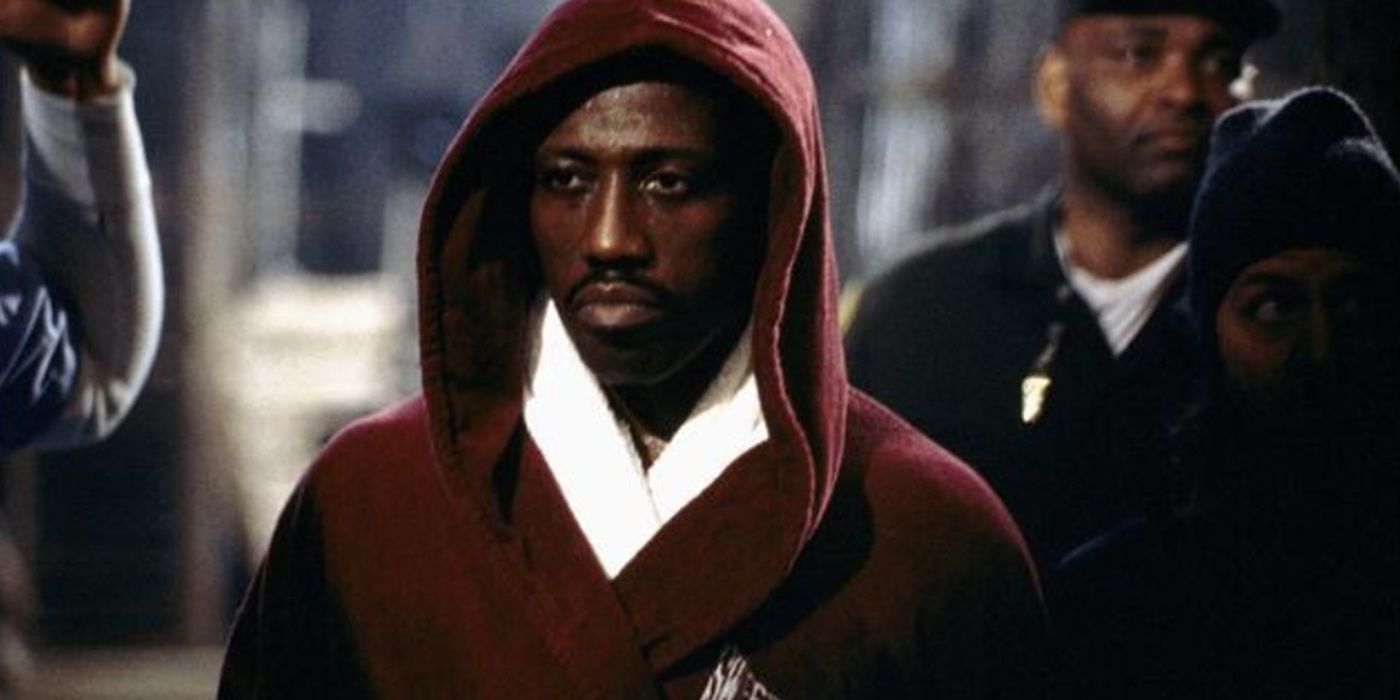Nia DaCosta reboots Candyman as a preachy, arthouse sermon on racial injustice and police brutality. The film is shot in an interesting way, but fails dramatically at its core purpose. Candyman offers zero scares and drags considerably in its ninety minutes runtime. The plot pays tribute to the 1992 original without capturing any of its thrills. The stylistic approach can be appreciated, but not at the expense of terror. A frightless horror film is not worth seeing regardless of its edifying agenda.
In Chicago’s late seventies Cabrini-Green public housing projects, a timid boy witnesses an atrocity that will have major repercussions decades later. In the present, Cabrini-Green has been gentrified into an upscale hipster neighborhood. The flamboyantly gay Troy (Nathan Stewart-Jarrett) visits his art dealer sister, Briana (Teyonah Parris), and her struggling painter boyfriend, Anthony (Yahya Abdul-Mateen II), for dinner. He turns off the lights, then tells them the macabre story of the Candyman. Say his name five times in the mirror to summon the killer ghoul.
RELATED: First Candyman Clip and Featurette Teach You Not to Play with Mirrors
Anthony, searching for new inspiration, begins to research the history of the Candyman legend. He finds a laundromat owner, Burke (Colman Domingo), who grew up in the Cabrini-Green projects. His account of Helen Lyle’s awful fate leads Anthony to an artistic awakening. His paintings become the talk of Chicago’s snooty art world. Anthony relishes newfound success, until the people who attended his show start dying. He starts to wonder if the legend is real. And why a bee sting on his right hand is getting progressively worse.
Candyman uses shadows and puppetry to visualize America’s dark history of lynching. This is an effective way to illustrate appalling racial violence. The stark black and white images contrast the vividly depicted murders. Director Nia DaCosta (Little Woods) also uses reverse imagery to further portray the mirror concept. For example, she shoots Chicago’s tall buildings at a steep downward angle. Her initial choices are compelling, but loses luster through overuse. DaCosta and the screenwriters’ message of racial reckoning is crystal clear. It’s hammered repeatedly throughout the narrative.
I didn’t jump once or feel any unease whatsoever while watching Candyman. My resting heart rate remained surprisingly static. To be clear, Candyman isn’t boring to see. Creativity is certainly on display. It’s just not engaging in the way a horror film should be. The filmmakers needed to add more unexpected elements. Candyman is seen fleetingly in mirrors before the carnage amps up. The filmmakers could have spiced up these moments to build more tension. The scares are obvious and don’t garner the desired response. That’s especially disappointing when the original film was legitimately chilling.
Expectations need to be mitigated here. Anyone watching this film with a purely artistic eye will appreciate it. Genre fans looking to be scared out of their pants are going to find this iteration tame in comparison. The racial justice themes will enlighten some and repulse others. Candyman is a hit or miss depending on your point of view. I can’t recommend a horror film that’s not scary. Candyman is a production of MGM, Monkeypaw, and Bron Creative. It will be released theatrically on August 27th by Universal Pictures.
The views and opinions expressed in this article are those of the author and do not necessarily reflect the official policy or position of Movieweb.
You can view the original article HERE.




